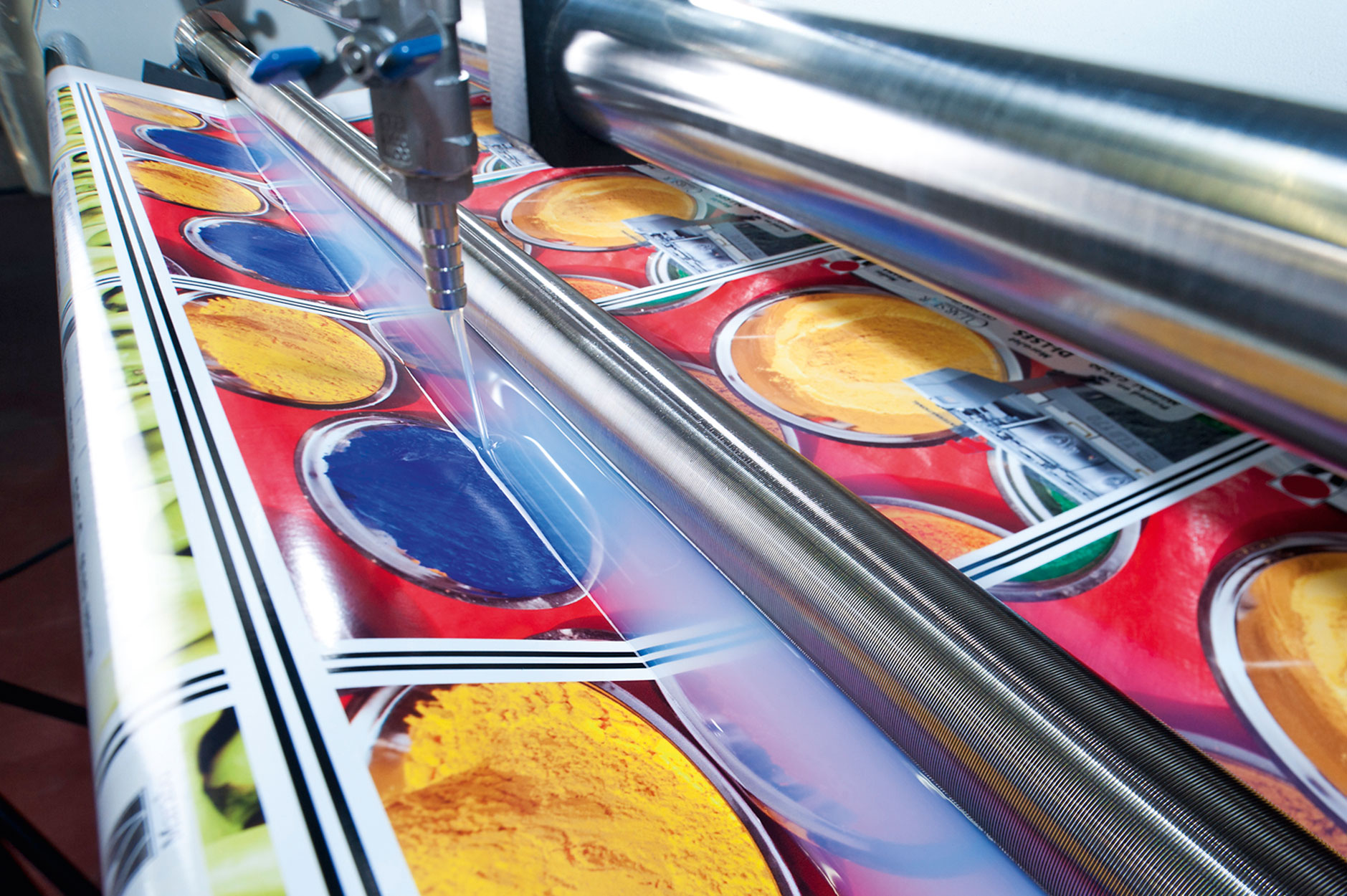Lamination is valuable for many reasons. It protects images from dirt, fingerprints, vandalism, and other damage. Plus it extends images’ longevity, despite frequent use, weather exposure, pollution, repeated washings, etc. But which lamination approach – film or liquid – is better?
Liquid lamination is cost effective, makes finishes more uniform, and is often preferred for laminating brochures, menus, digital prints, and wall graphics. Marabu’s StarLam® 1600R roll-to-roll liquid laminator applies a smooth, consistent coat of water-based liquid coating, safeguarding digital prints in a fast, simple process. Its features mitigate some of the ‘cons’ of liquid coatings that are called out in this article.
Traditional film lamination is more established, but more expensive. Film laminates don’t always bond well to UV output, its rigidity is not always ideal, and it comes with waste and trimming factors. Despite these drawbacks, film is often the preferred approach for certain jobs, like laminating vehicle wrap graphics.
Learn more about the pros and cons of liquid versus film lamination for different uses here. You can receive more printing tips here.




